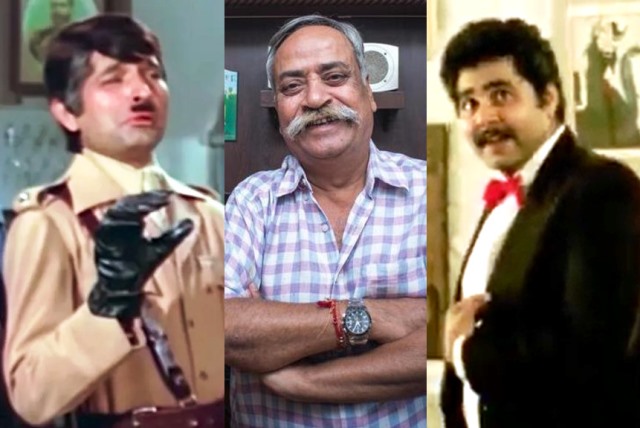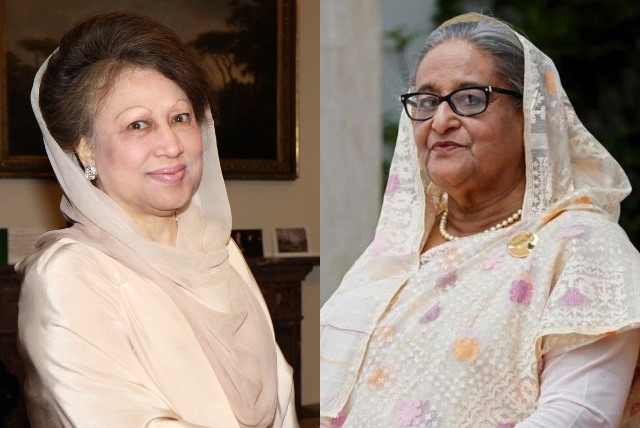
Laughter as Medicine… and Message
The saying “tragedy comes in threes” is a superstition and not a factual phenomenon, but it does happen. When that triple tragedy means the loss of those who spread happiness, it hurts.
Bollywood comedians Asrani and Satish Shah departed last month. Add Piyush Pandey, although he belonged to the related world of advertising. Besides bringing a measure of respect to a field dominated by the way the West sells products, his creations had the same objective: spreading happiness.
Being able to laugh has become more vital than ever as we traverse through life’s complexities. The two comedians made us laugh on television and in cinema halls, and let that mood linger. There’s an undeniable magic in the simple act of making someone smile. The three will be sorely missed.
Comedy is supposedly a spontaneous task. But trained, though a decade apart, at the Film and Television Institute of India (FTII), they evolved over half a century, along with cinema itself, being a part of the changing audience taste. They had to make their impact within the limited space and time given, mainly in the ‘happy’ first half and often interspersed with the serious, including violence and action.
From providing comic relief like Johnny Walker to Johnny Lever, they became integral to the story and relevant to the theme. To achieve this, they had to be, and were, excellent actors.
“Comedy is a serious business” remains an oft-repeated media headline on interviews the comedians give. The comedians of yore, like Rajendra Nath, Mukri or Gope, specialised in slapstick and witty one-liners, often portraying the working class or loyal friend. They had to match the talent with the likes of Dileep Kumar and Raj Kapoor, who, playing the lead role, also excelled in comedy.
The challenge grew more serious with time when villains like Pran, Prem Chopra and Shakti Kapoor, ageing and experienced, transformed into character roles and resorted to comedy, at times, combining villainy with comedy.
The role of comedy and the comedian has itself transformed. Taking Asrani as an example, unlike his roles in 1970 to 1984 which were pivotal to the plot, (Alaap, 1977 and Abhiman 1973), most of his roles from 1985 to 1993 were smaller, mainly because the concept of a comedian was being phased out and heroes preferred to do their own comedy and action films were more popular in the period from 1985 to 1994. Yet, they went South and survived longer.
Asrani represented that change. He transcended the typical sidekick stereotype to become a perfect foil for the lead character, blending slapstick with subtle satire and dramatic depth. Be it Rajesh Khanna, Amitabh Bachchan or Jeetendra, Asrani played a definitive role in the myth-making of several matinee idols of the 1970s and 1980s.
Satish Shah got even less space than Asrani. But Naseeruddin Shah, often blunt and critical about fellow actors, records that while he did not think much of the Asrani-an comedy, Satish’s cameos invariably helped better the film.
Satish was comic without appearing jarring. “Whichever way you sliced the entertainment pie, in both TV and movies during the ’80s and ’90s, there would be Shah, light on his feet despite his decidedly podgy frame, eyes twinkling in his round face, and that trademark moustache quivering in delight or disgust, depending upon the demands made on him,” Shubhra Gupta writes in her tribute to Satish Shah.
He blurred the lines between the straight-up comedian and the character. Even his playing a corpse was wonderful. She writes: “If there was one dead body which brought to crackling life two hours and some of the most inspired madness and mayhem, it belonged to Commissioner D’Mello, in cult comedy Jaane Bhi Do Yaaron.”
Taking the larger picture, the comedian initially emerged from traditional drama as a separate performer offering comic respite. His (very few women comedians like Tuntun, Shubha Khotey and Manorma) is that of a storyteller who reflects society’s contradictions. Though the form has changed the function of humour remains vital to the emotional and moral rhythm of Indian film.
During the Hindi cinema’s golden era (1950s–70s), comedy grew in sophistication. Mehmood and Kishore Kumar transformed the comic track into a parallel narrative, sometimes overshadowing the hero. Mehmood’s roles reflected the humour of survival — the poor man’s laughter amid hardship.
The decades 1980s-90s marked the decline of the “Comic Track”. As cinema became more hero-centric and action-driven, the separate comic subplot began to fade. Heroes like Amitabh Bachchan, Govinda, and Kamal Haasan incorporated humour into their own performances. Professional comedians such as Kader Khan remained popular but increasingly became supporting figures. Comedy still thrived — but as part of the hero’s charisma rather than a distinct narrative element. The comedian as an independent character gradually disappeared.
The new century has redefined humour in cinema. Urban audiences and digital platforms demand realism and emotional depth, creating space for situational and character-driven humour rather than slapstick. Films such as Munna Bhai MBBS, 3 Idiots, Piku, and Badhaai Ho use comedy to explore moral dilemmas, social hypocrisy, and personal growth.
It has spawned actors like Ayushmann Khurrana, Rajkummar Rao, and Pankaj Tripathi who have made subtle, intelligent humour part of mainstream storytelling.
The advent of the OTT (over-the-top) platforms has made it trans-lingual. Series like Panchayat, Gullak, and TVF Pitchers show how the spirit of humour has moved into realism, where laughter arises from everyday frustration, irony, and warmth rather than exaggerated antics.
As the stand-up comedian makes comedy more challenging, being studied, rehearsed and yet instant, contemporary films integrate laughter into realism. Women and child performers contribute new voices to India’s comic tradition. Whether through satire, wit, or subtle irony, comedy continues to mirror Indian society’s resilience and contradictions. The comedian’s role has evolved from that of a separate entertainer to a moral and narrative force, ensuring that laughter remains the enduring heartbeat of Indian cinema. As the audience’s choices increase and comedy is needed to de-stress living, this is surely more challenging than in the past.
The comedian as a standalone archetype may be fading, but comedy itself has become central to Indian storytelling.
It mirrors society with empathy and irony rather than slapstick. The modern comedian — whether a hero, heroine, parent, or bystander — helps the audience see truth with lightness.
In the new century, the comedian’s relevance lies not in making us forget reality, but in making us laugh at it intelligently.



